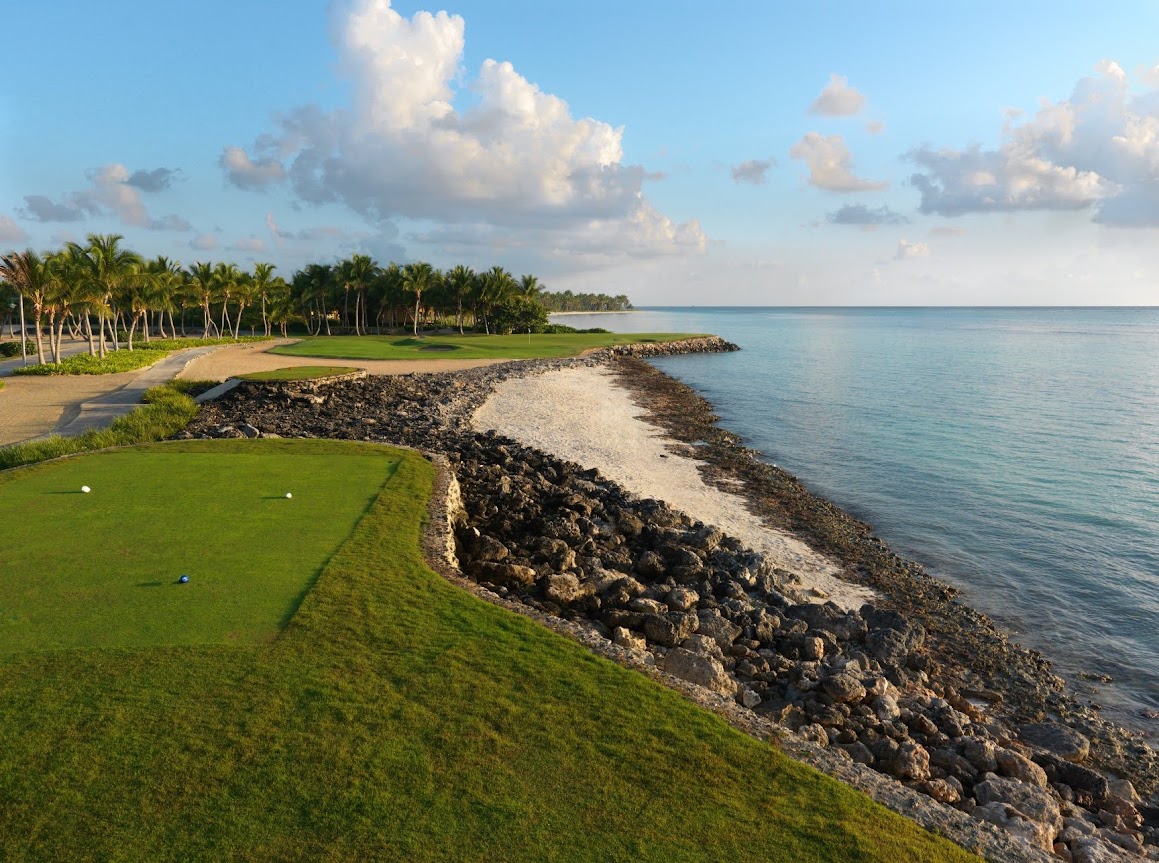PINEHURST RESORT
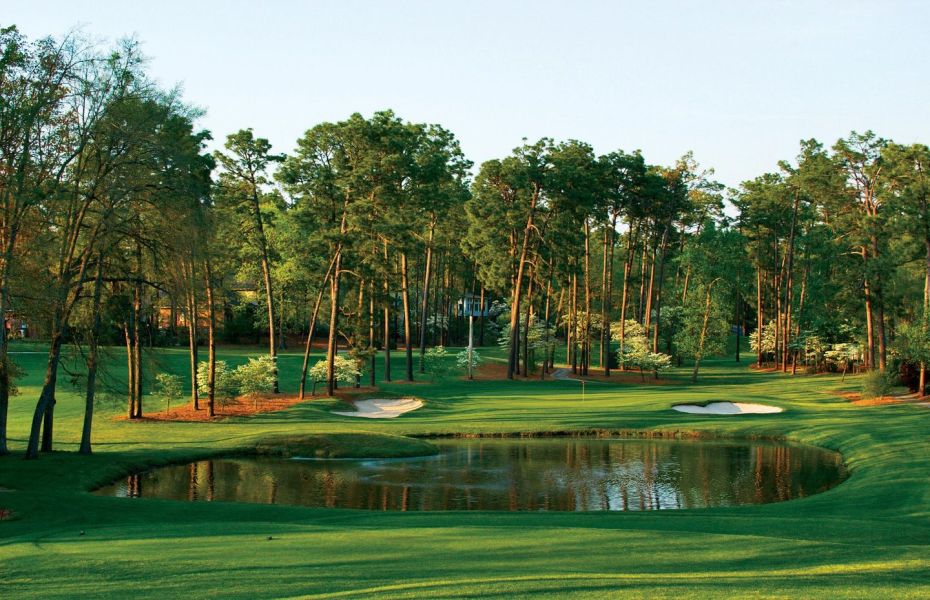
The Cradle of American Golf
In the heart of the North Carolina Sandhills, you’ll find Pinehurst, the home of golf in America. Walk beneath the whispering pines and you’ll understand the wonder Donald Ross experienced as he first surveyed the property in 1901…and the exhilaration Payne Stewart felt in his stunning 1999 U.S. Open victory on No. 2. Take time to enjoy the relaxed southern hospitality of Pinehurst with your family or your favorite foursome. It’s an experience everyone deserves at least once…though you’ll find yourself coming back for more.
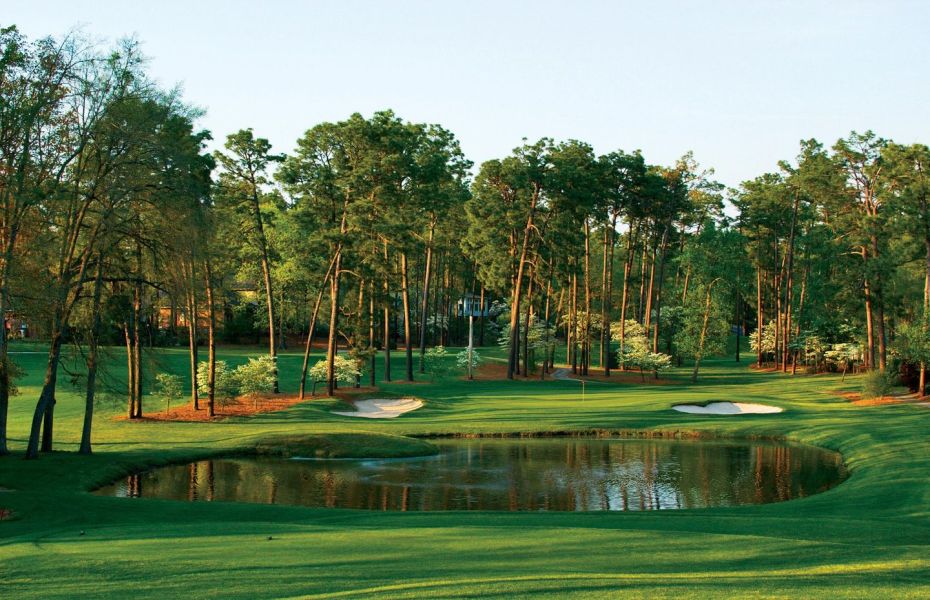
It all started here. When Pinehurst No. 1 welcomed players in 1898, golf aficionados flocked from the North to enjoy a winter round (early visitors included John D. Rockefeller and President William McKinley). After English golf legend Harry Vardon conducted a series of golf demonstrations at No. 1 in 1900, Pinehurst was on its way to being on the world golf map. Dr. Leroy Culver built the first nine holes and John Dunn Tucker added the next nine, but it is clearly Donald Ross’s touch that you feel on Pinehurst’s first golf course.
After his initial efforts reworking the back nine, he implemented changes on the front, and made further revisions in 1913, 1937, 1940 and finally in 1946, shortly before his death. The simple yet strategic philosophy that informed Ross’s later design work is very much in evidence on No. 1, which is all the more remarkable when you consider that this was for all intents and purposes his first design.
Recalling his Scottish heritage, Ross made liberal use of bunkers, both across the fairway and around the green. Don’t let the short 6,089-yard par 70 fool you; wild drives or a sloppy short game can make for a long day. No. 1 was a great start for Pinehurst, and it’s a great start for your visit.
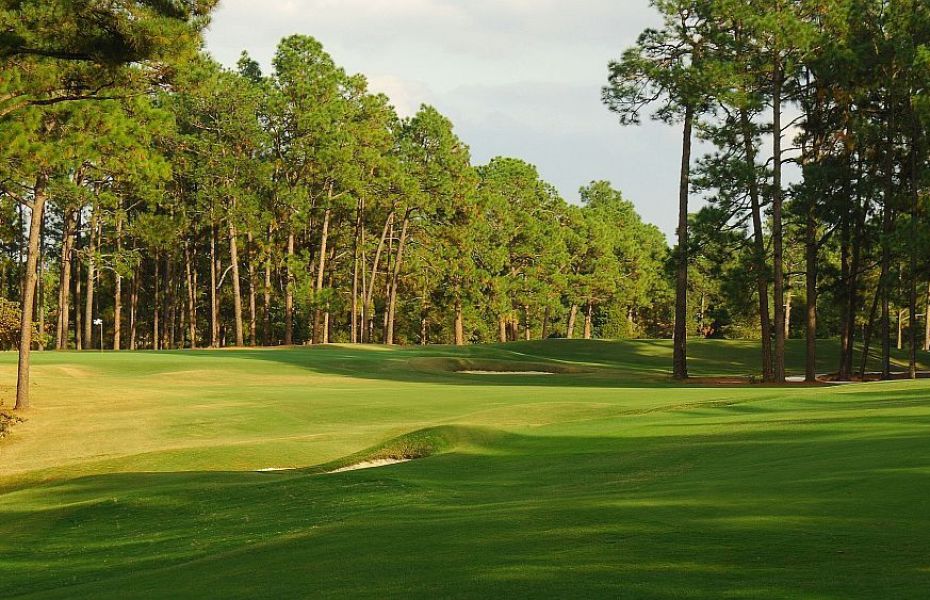


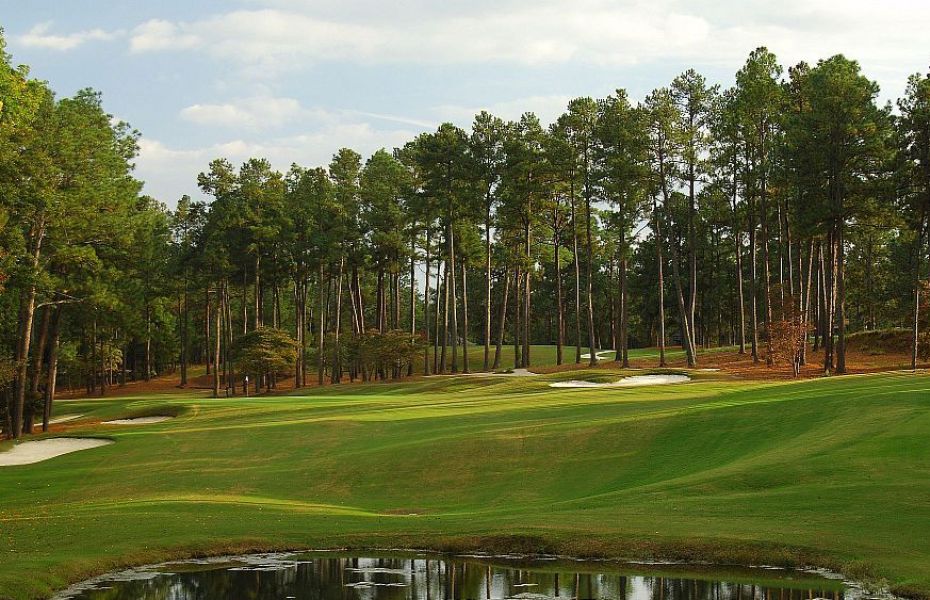

Pinehurst No. 2, the centerpiece of Pinehurst Resort, remains one of the world’s most celebrated golf courses. It has served as the site of more single golf championships than any course in America and, in 2014, hosted 14 days of championship play with back to back U.S. Open and U.S. Women’s Open Championships for the first time in their history. The U.S. Open will return in 2024.
Opened in 1907, No. 2 was designed by Donald Ross, who called it “the fairest test of championship golf I have ever designed.” Ross was associated with the course for nearly a half-century, improving the course continually until his death in 1948. No. 2 is best known for its crowned, undulating greens, which are some of the most complex and widely hailed in the world. Ross believed in providing golfers with strategic choices, and Pinehurst No. 2 was intended to epitomize that philosophy.
n February of 2010, the design firm of Bill Coore & Ben Crenshaw began to restore the natural and strategic characteristics that were the essence of Ross’s original design. The project included the removal of about 35 acres of turf and the reintroduction of hardpan, natural bunker edges and native wire grasses.
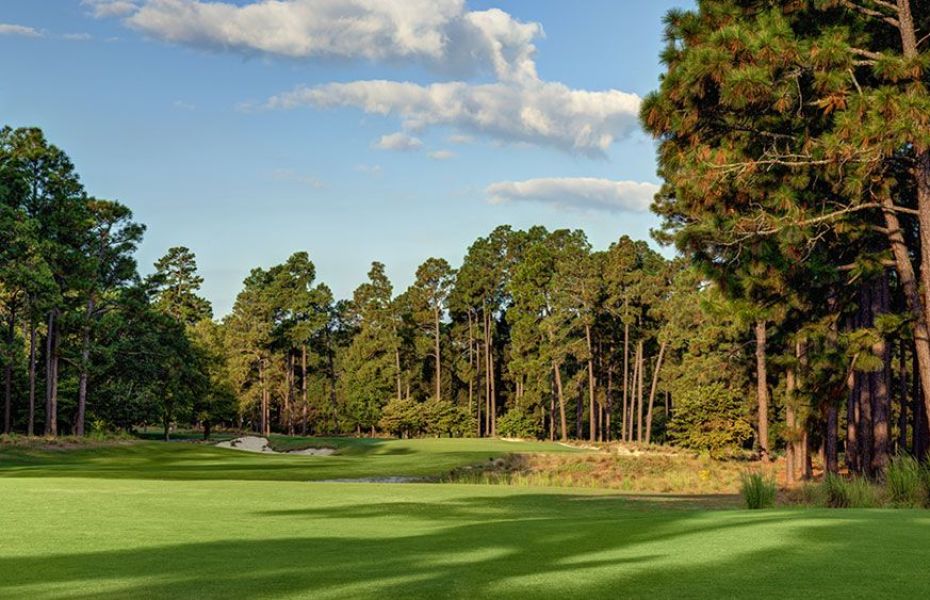
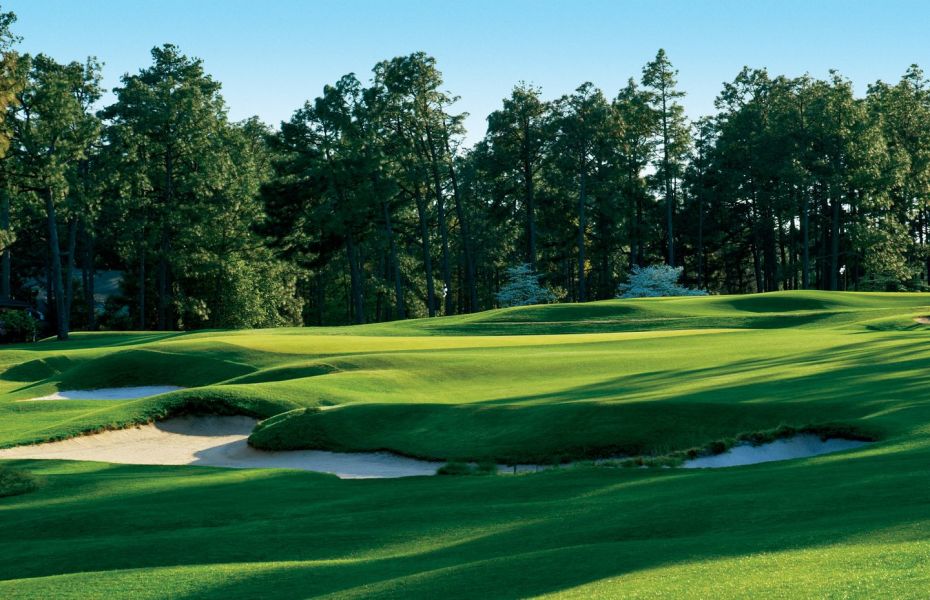

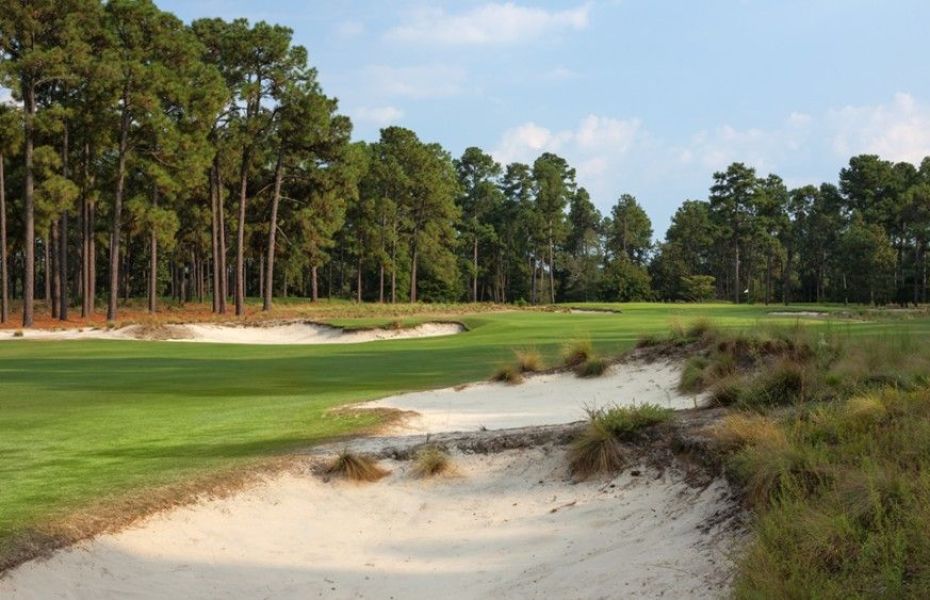
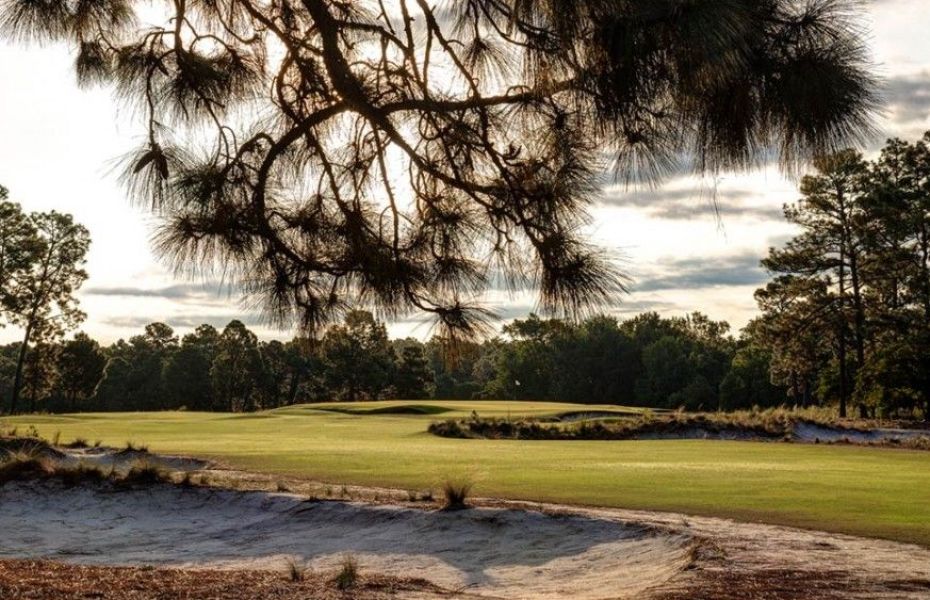
This classic Donald Ross design (circa 1910) is the shortest course at Pinehurst at just 5,722 yards. But don’t let its modest distance fool you.
Tiny elevated greens – averaging just 4,500 square feet each – demand precision, the kind of delicate approaches that will surely come in handy as you gear up for No. 2. A combination of longer par-3s and shorter par-4s provide ample opportunities to polish your long and middle-iron play. Accuracy and distance control also come into play on a number of well-conceived doglegs.
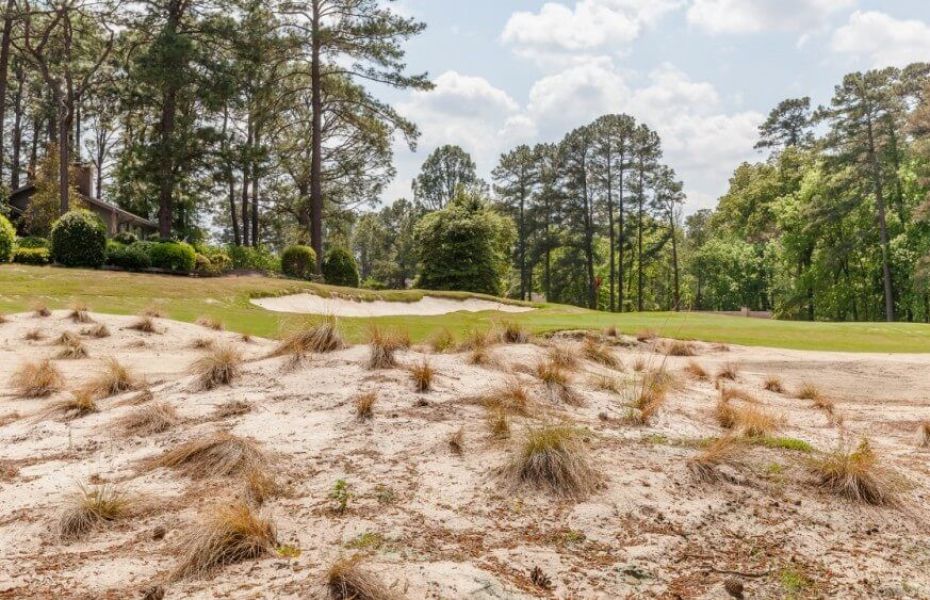
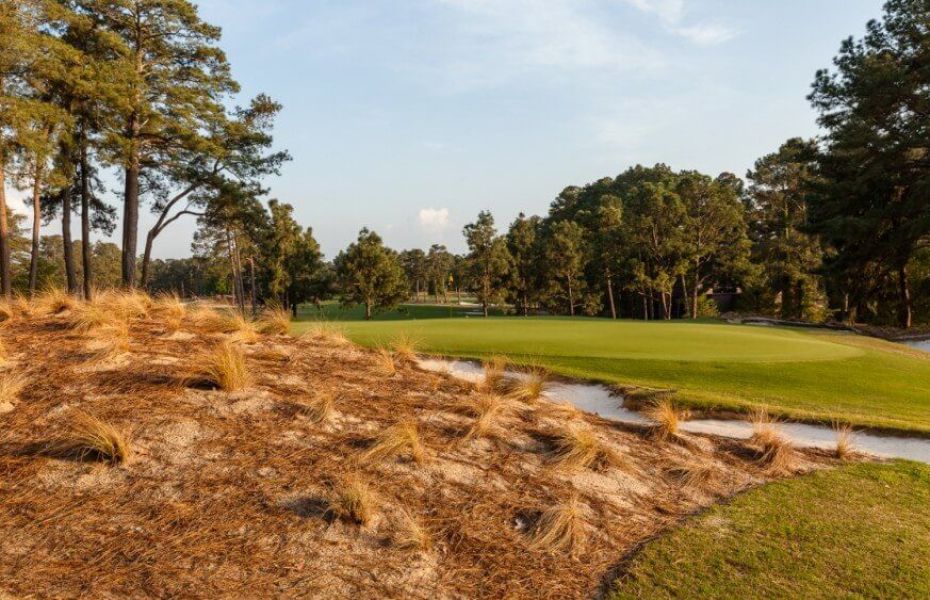
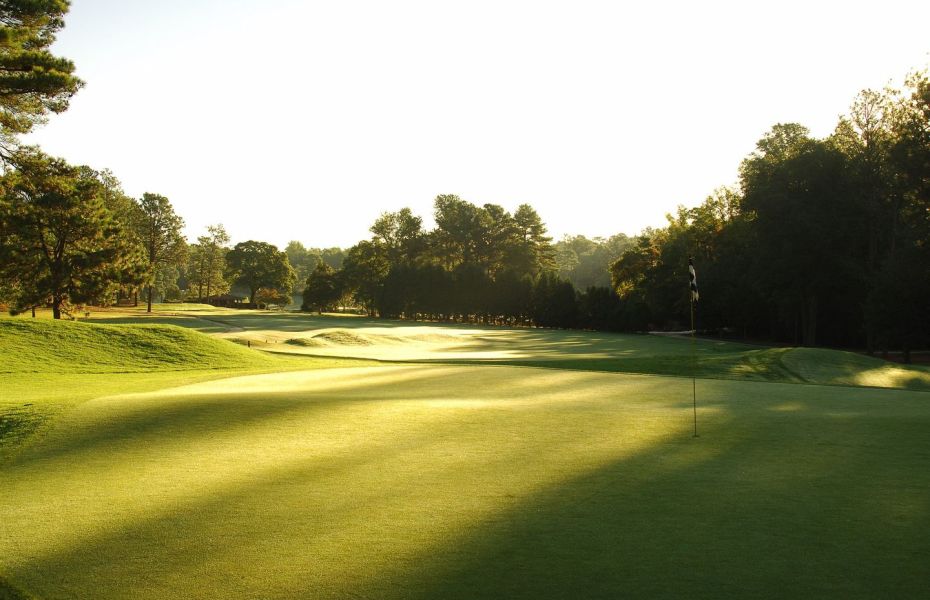

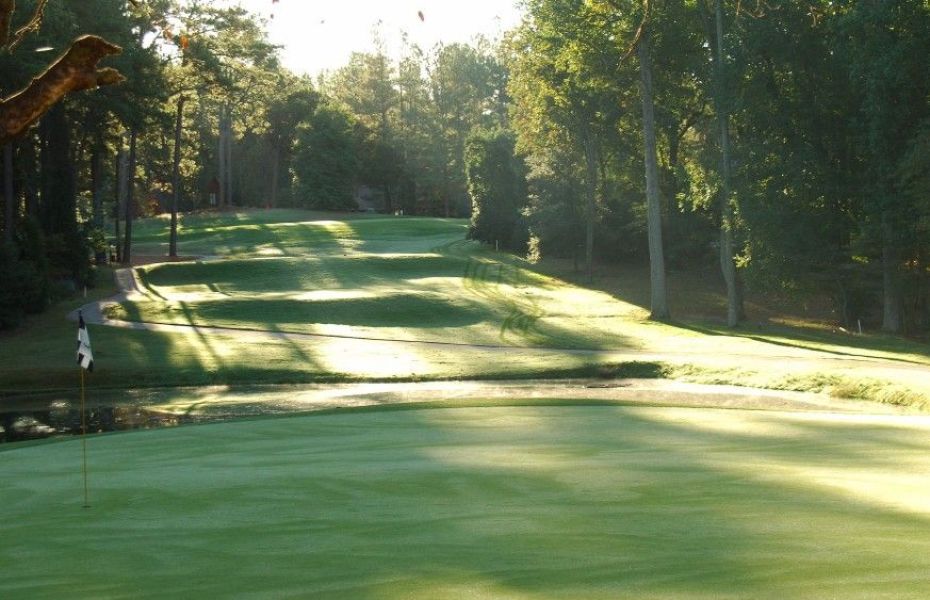
No. 4 combines the classical routing of Donald Ross with the contemporary vision of Tom Fazio, who re-imagined the course in 2000.
Fazio, who considered No. 4 his tribute to Pinehurst, tipped his hat to Ross with crowned greens on many holes, and the addition of more than 140 pot bunkers. These, combined with several sprawling waste bunkers and more traditional sand traps, give the track a dizzying 188 sand hazards.
Though adjacent to No. 2, No. 4 has a distinctively different look, in large part thanks to the lake that acts as its centerpiece. The lake comes into play on several holes, including the par-5 13th, which demands a drive to a small landing area bounded by the lake on the left and bunkers on the right. From here, big hitters will be tempted to go for the green – which is tucked between sand and water – in two. Two par-3s, the 4th and the 14th, require you to carry the lake if you’re going to be putting for birdie.
Most agree that Fazio elevated a good course to a great one with his work on No. 4. Indeed, it was selected as the co-site of the 2008 U.S. Amateur.
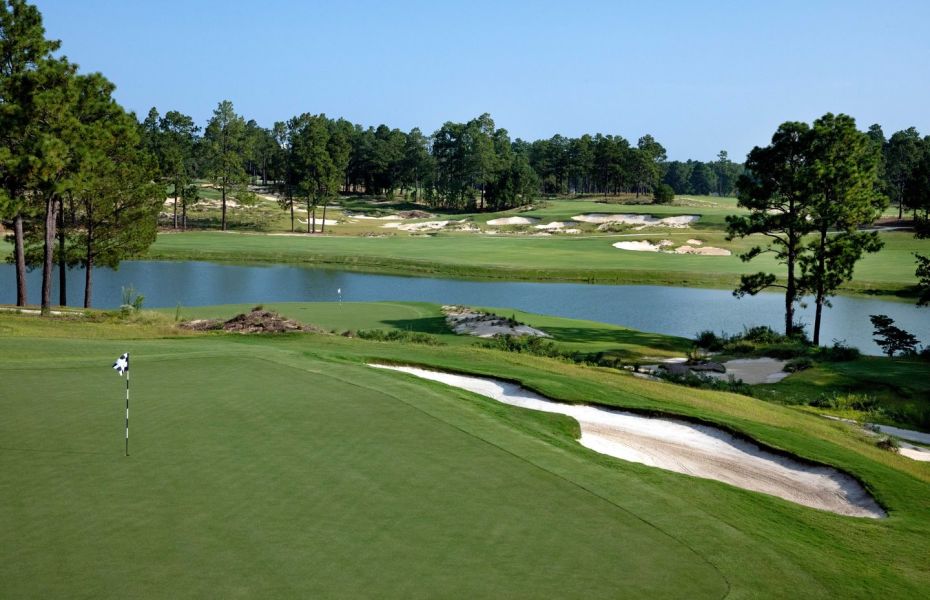

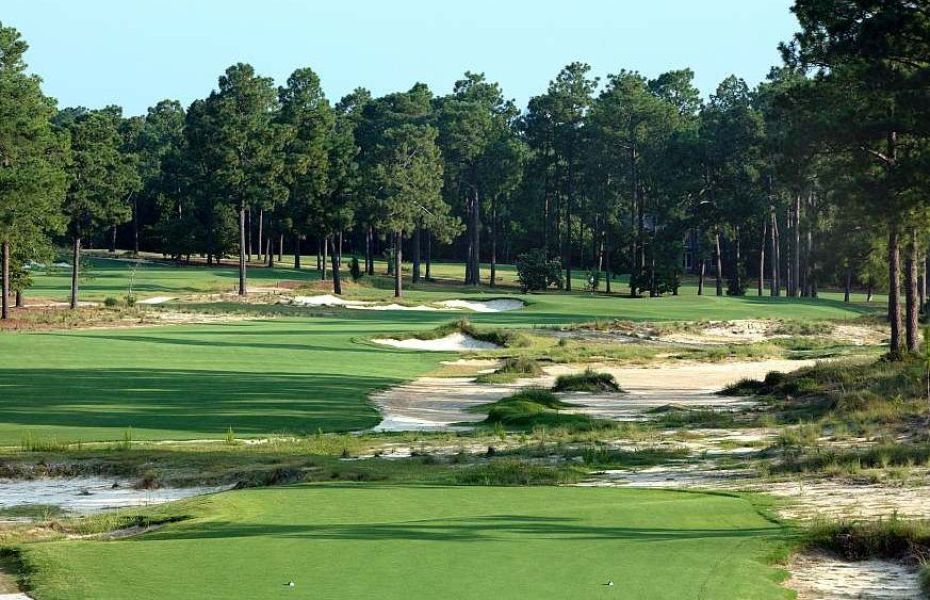
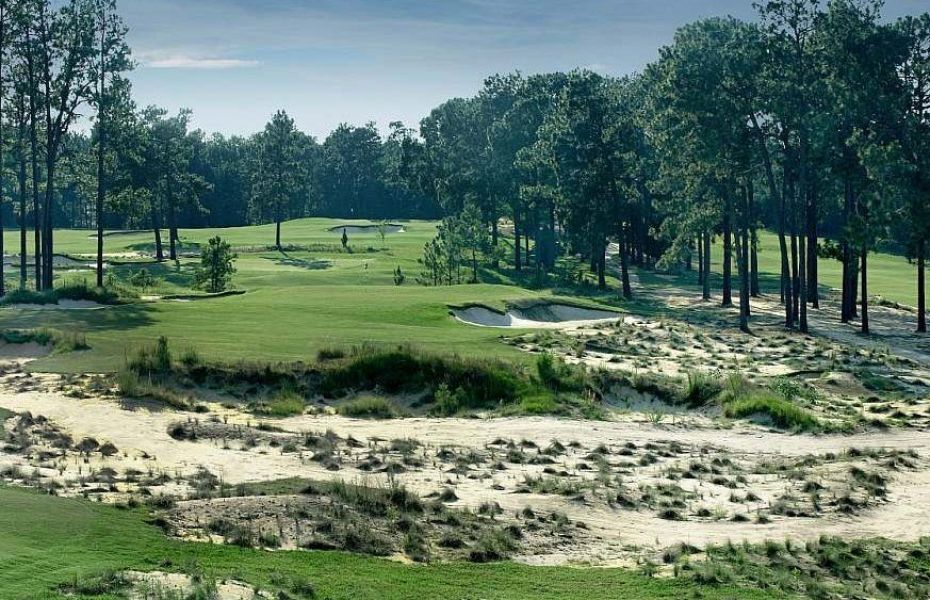
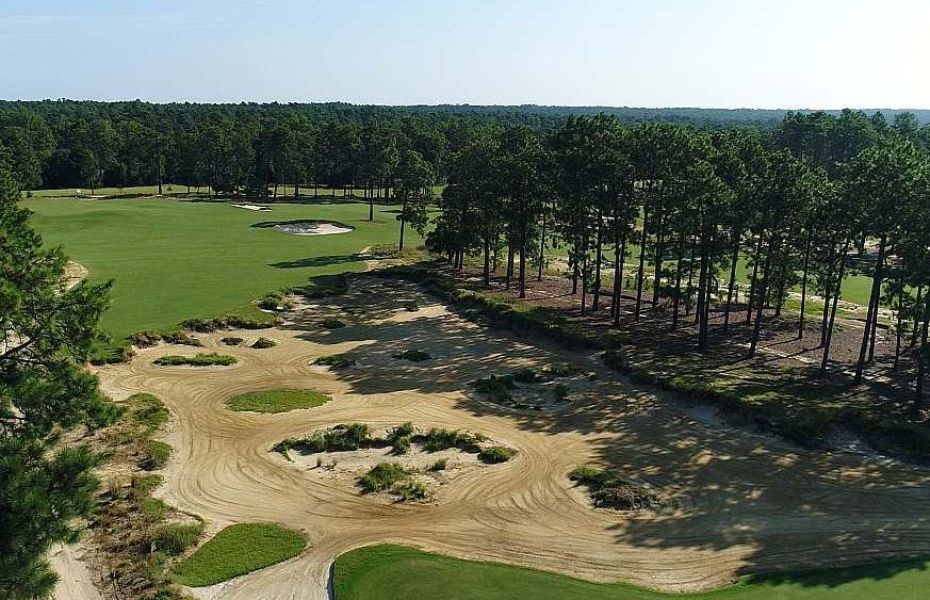
No. 5 was designed in 1961 by Ellis Maples, a protégé of Donald Ross, and part of North Carolina’s first family of golf course design and construction. (His father Frank, was Pinehurst’s golf course superintendent for over 40 years, beginning in 1907.)
Like Ross, Maples believed that it was the designer’s job to find the golf course that resided in the land’s structure, and his fealty to the land is evident in No. 5’s variety—holes meandering up and down, left and right, and over water. (No. 5 has more water hazards than any of the other courses at Pinehurst.) The combination of water carries, elevated greens and overall greater yardage favors longer hitters.
One of Pinehurst’s prettiest holes, the par-3 15th, is here. Known as the Cathedral Hole, it’s fronted by a pond and encircled by a stand of ancient pines, the tops of which resemble the pipes of an organ. The Cathedral Hole actually predates No. 5; it was once the sixth hole on No. 3.
No. 5 offers classic Pinehurst golf—more challenging than Nos. 1 and 3, but less taxing than No. 2. It won’t disappoint.
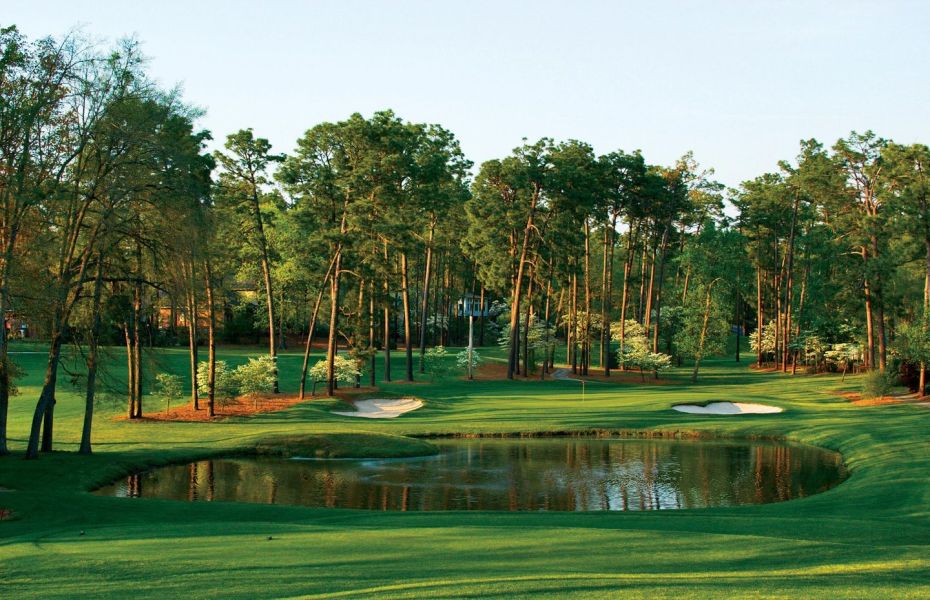

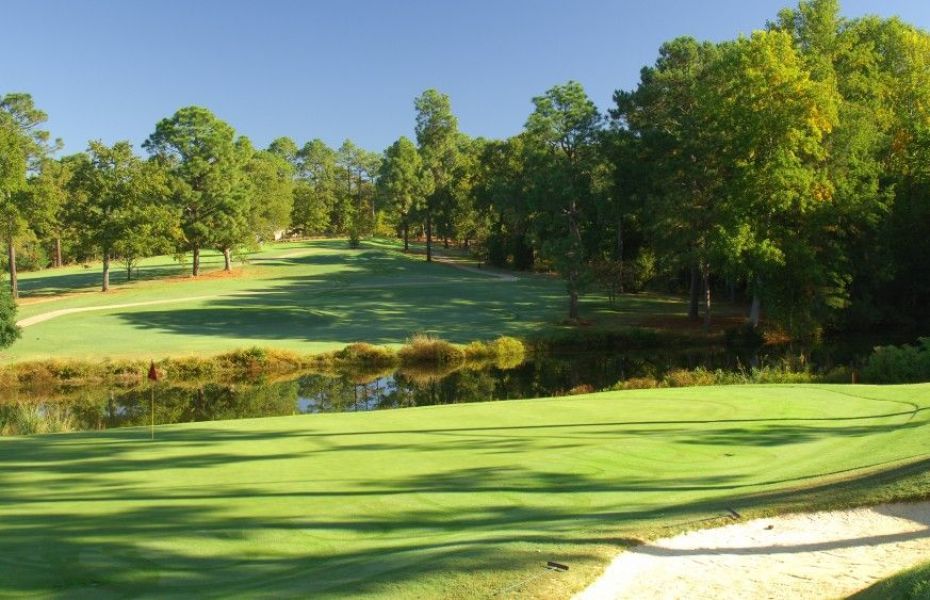
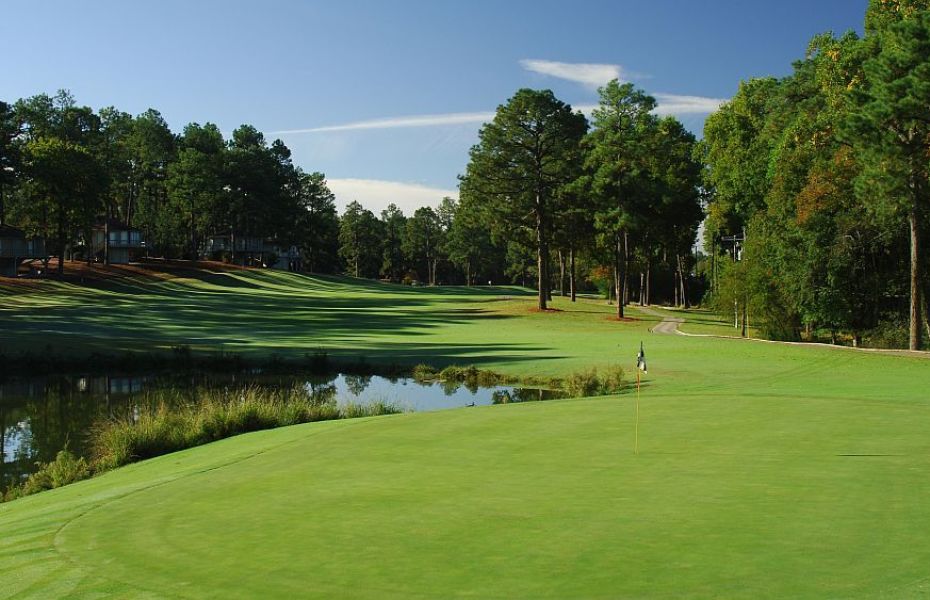
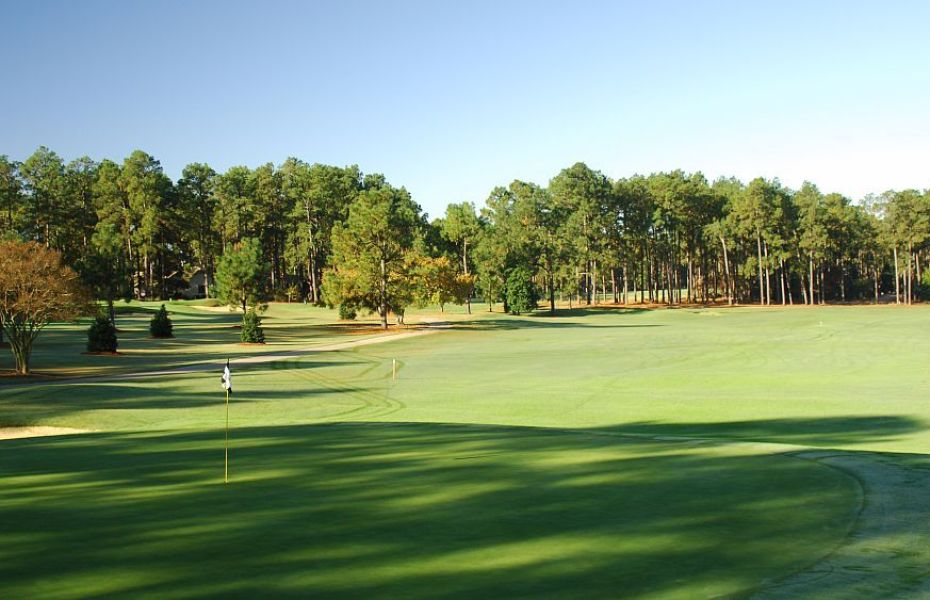
No. 6 rests a few miles from the center of Pinehurst, and is also a departure from the first five courses in design and temperament.
It’s the first Pinehurst effort by Tom Fazio, who can claim more courses ranked among the top 100 in the U.S. than any other architect. Tom began work on No. 6 in 1975 with his uncle George, a famed designer in his own right. The result was a more rugged, undulating track that demands bigger drives and more aggressive approaches. Tom returned in 2005 to carve new bunkers, soften angles and seed faster greens. The addition of native wiregrass throughout the course gives it a distinctive Pinehurst feel.
Between the water, bunkers, wetlands and woods, there are plenty of perils on this par-71 track. The back nine is among Pinehurst’s most challenging halves.
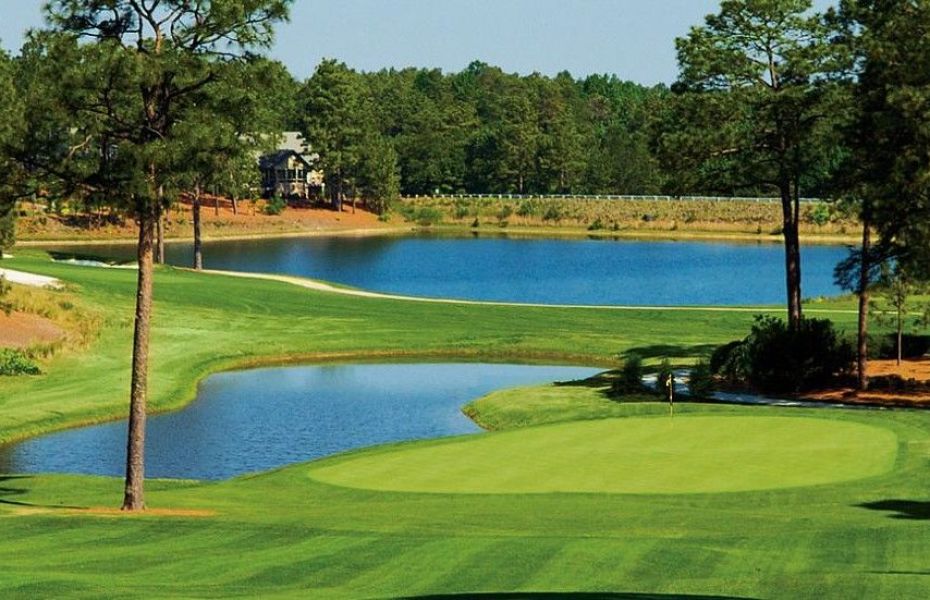
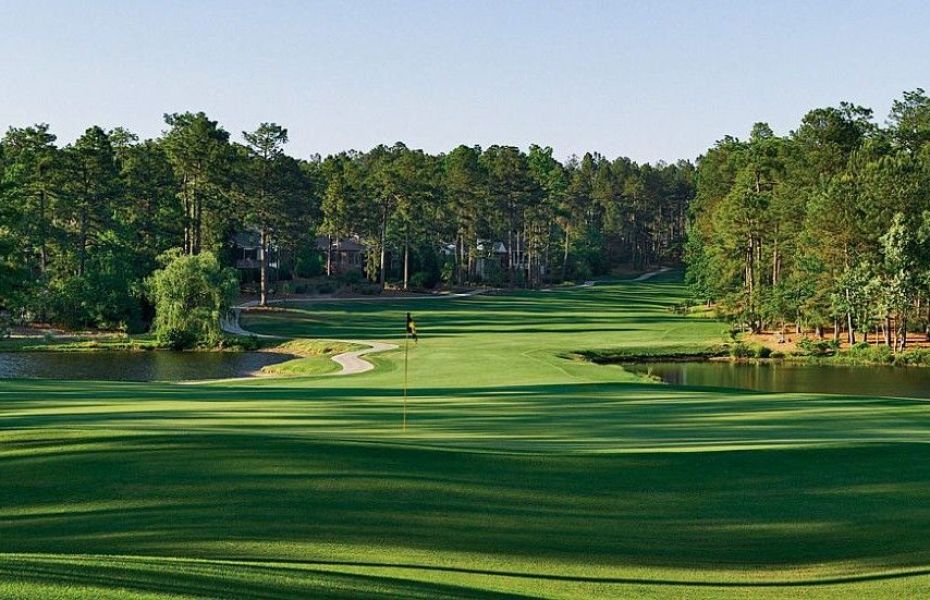
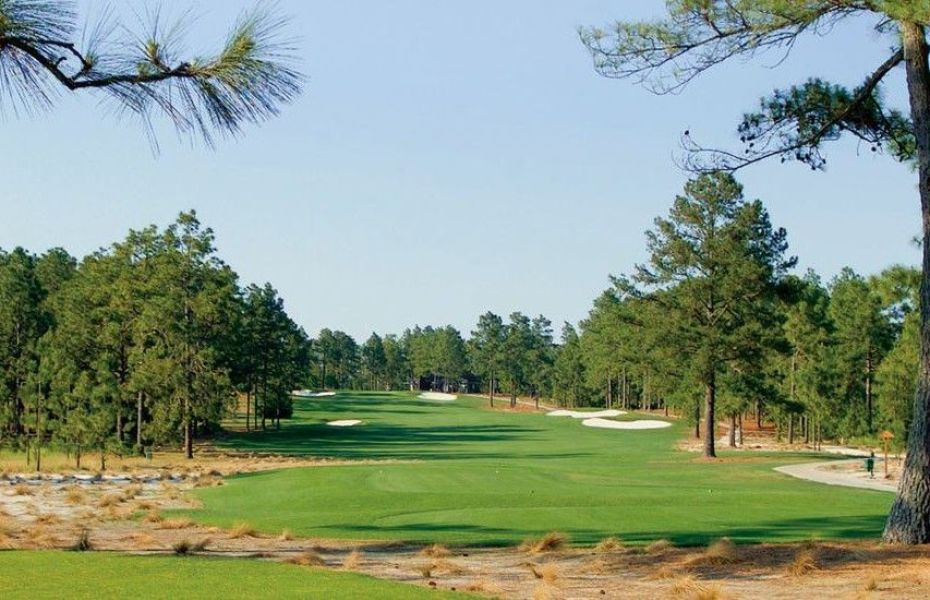
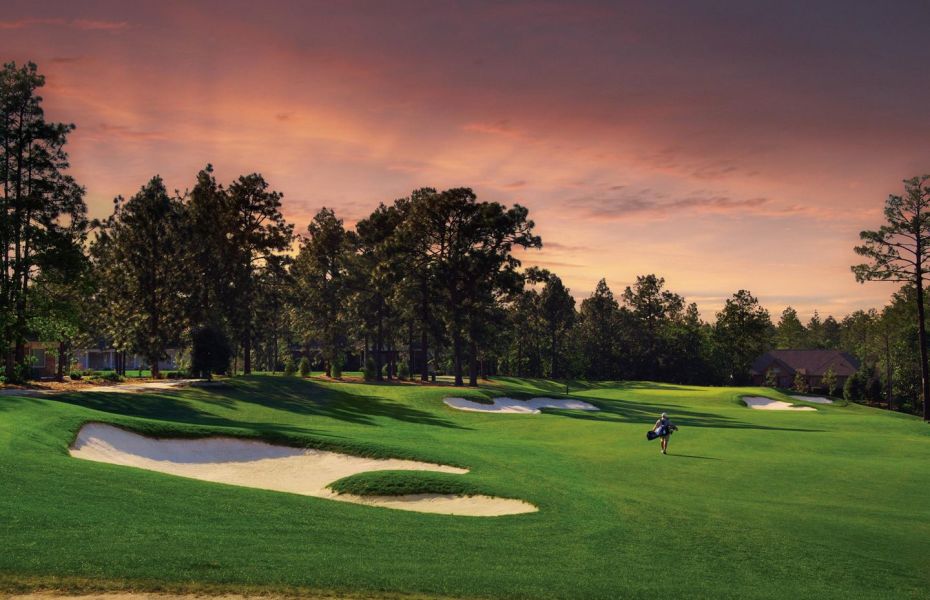

No. 7 is the Pinehurst contribution of another famous golf design family—in this case, the Jones’. Rees Jones – son of Robert Trent and brother of Robert Trent, Jr. – built No. 7 in 1986, on the site of a forgotten nine-hole employee course that was laid out by Donald Ross.
Jones is known for his challenging tracks, and he didn’t skimp here. With No. 7, he created one of Pinehurst’s longest tracks at 7,216 yards (only No. 2 from the U.S. Open tees plays longer). The layout unfolds over dramatic, hilly terrain that’s dotted with wetlands in lower-lying areas. Elevated tees let you register the challenges that wait; elevated greens demand approaches struck with authority.
No. 7 has many colorful flourishes. Old bunkers from the employee course that Jones uncovered during initial routing adorn the tee of the par-4 4th hole; one wetlands area, the “Devil’s Gut,” must be cleared on your approach to the short par-4 7th hole, and Jones’ trademark “Fingers” bunker demands accuracy on 16.
Every hole on No. 7 features something to test your game, and the last four holes make for a finish as strong as you’ll find anywhere. Just ask Tiger Woods, who won his lone Pinehurst title to date here in the 1992 Big I Junior Classic.
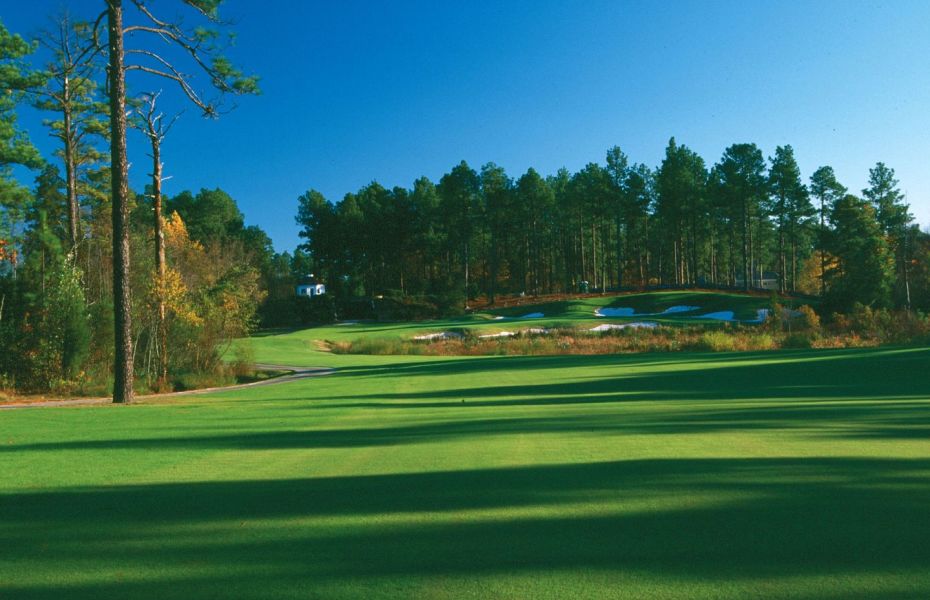

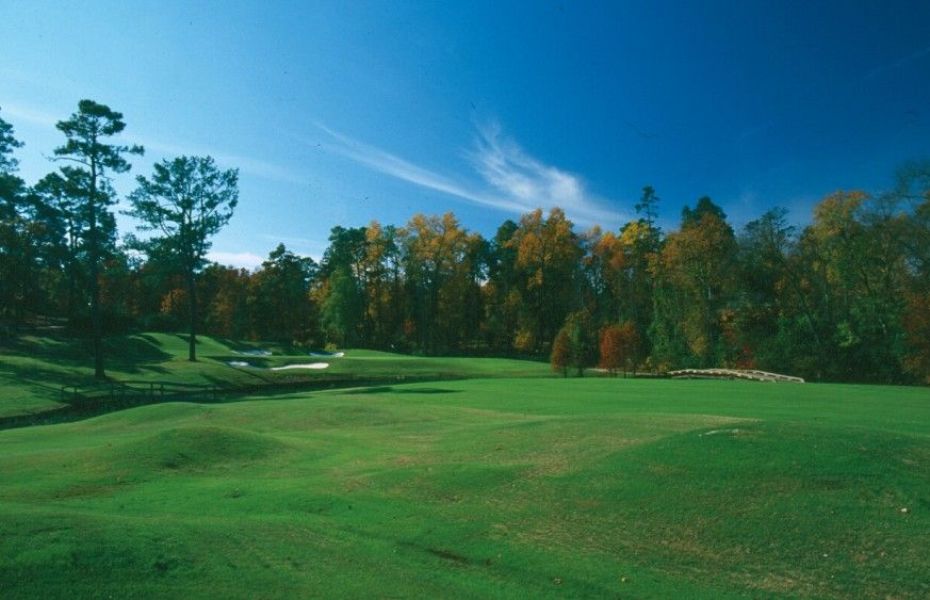
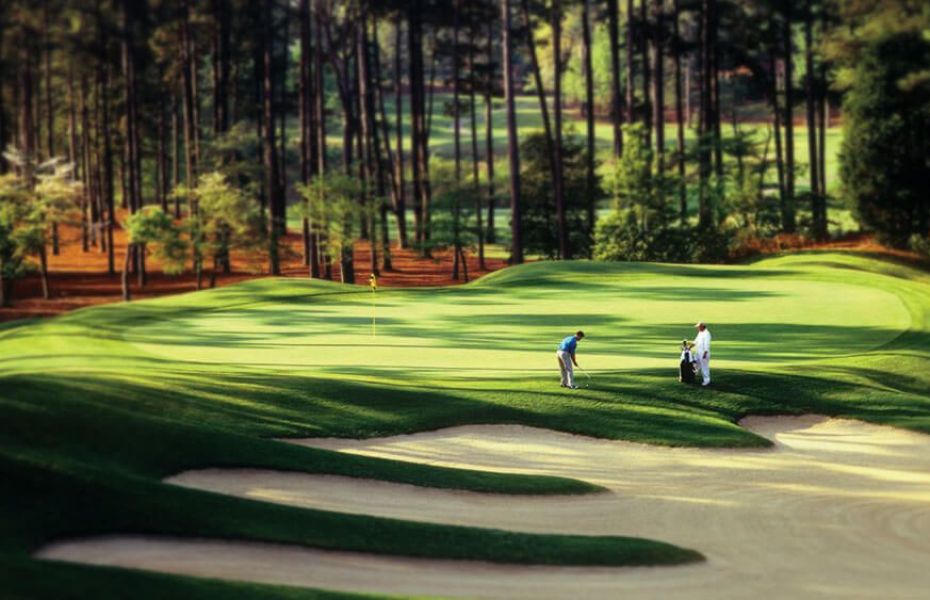
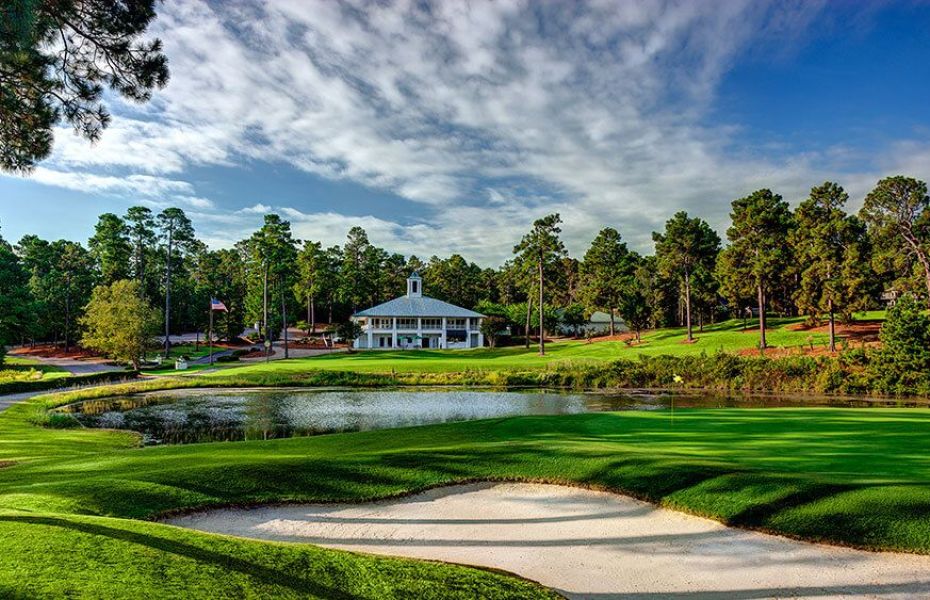
Building a new course grand enough to celebrate Pinehurst’s first 100 years might intimidate some architects, but Tom Fazio took on the assignment with gusto. No. 8 – which opened in 1996 – combines classical Donald Ross concepts (like dips and swales around the greens and false fronts) with the whimsical snarls that have become Fazio’s calling card.
Fazio took full advantage of the 420 acres of rolling terrain and natural wetlands to fashion a course that’s visually enthralling, challenging and yet fun to play; it’s a nod to No. 2, but hardly a replication. Some feel that No. 8 synthesizes all the elements of the Pinehurst golf experience into one layout better than any of the other courses, and many mid- and higher-handicappers find it the most enjoyable track to play.
The greens here are larger than on No. 2 – and the roll-offs and collection areas not quite as severe – though with their sloping edges, you shouldn’t get complacent on your approach shots. Close proximity of greens to subsequent tees and beautiful scenery make No. 8 a pleasure to walk, but it’s no stroll in the park. This championship track has twice been home to the PGA Club Pro Championship. Just a short drive away from the main club, the Pinehurst Spirit is quite alive at No. 8.
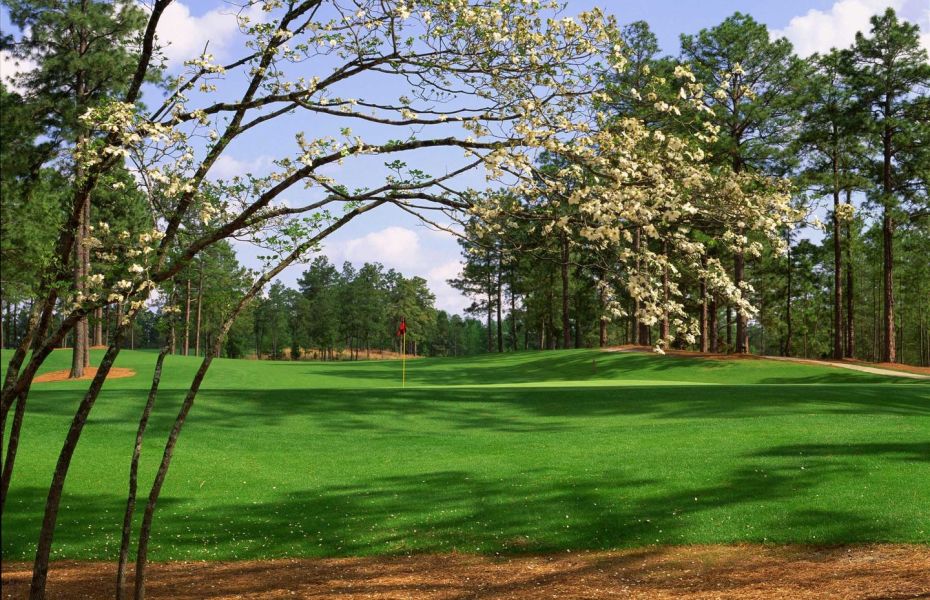

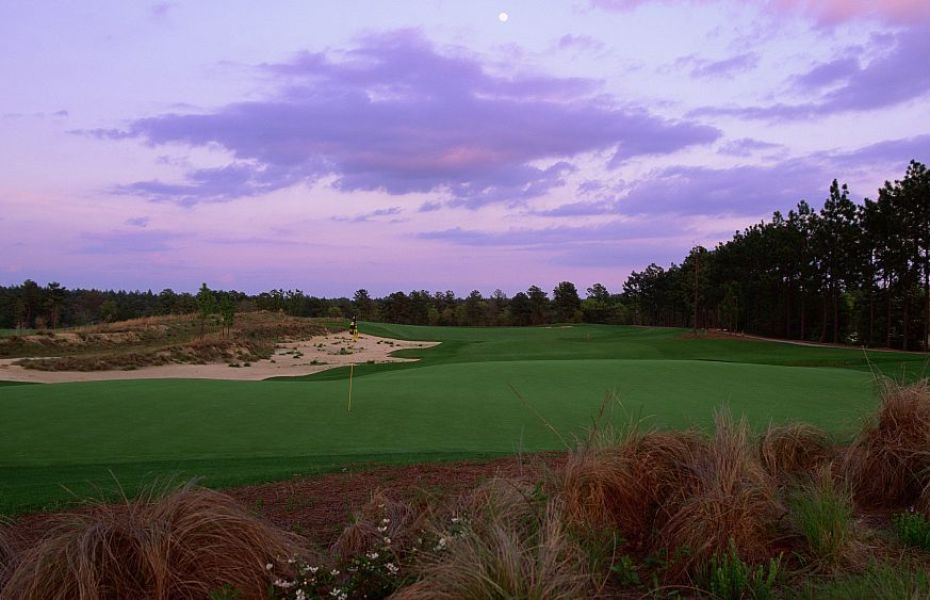
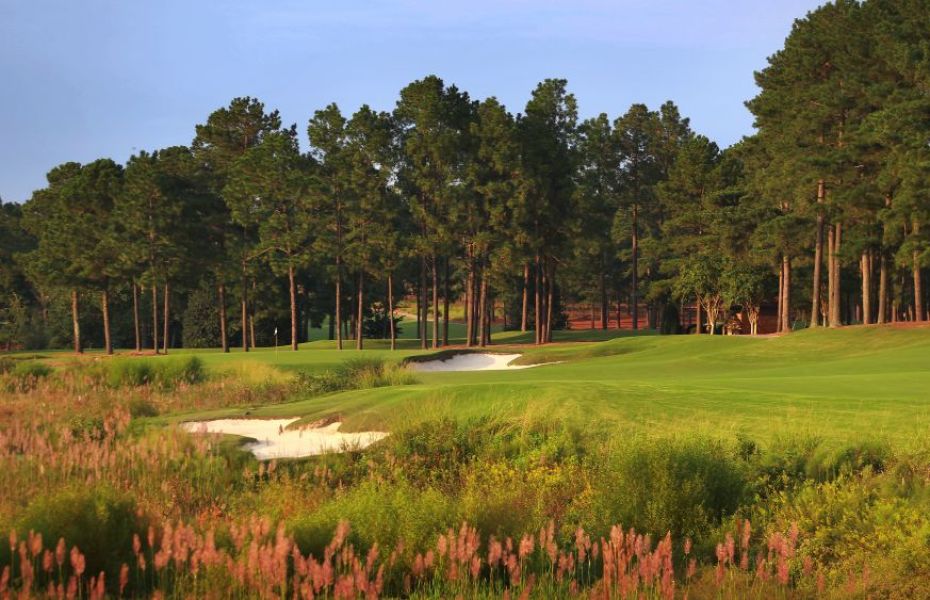
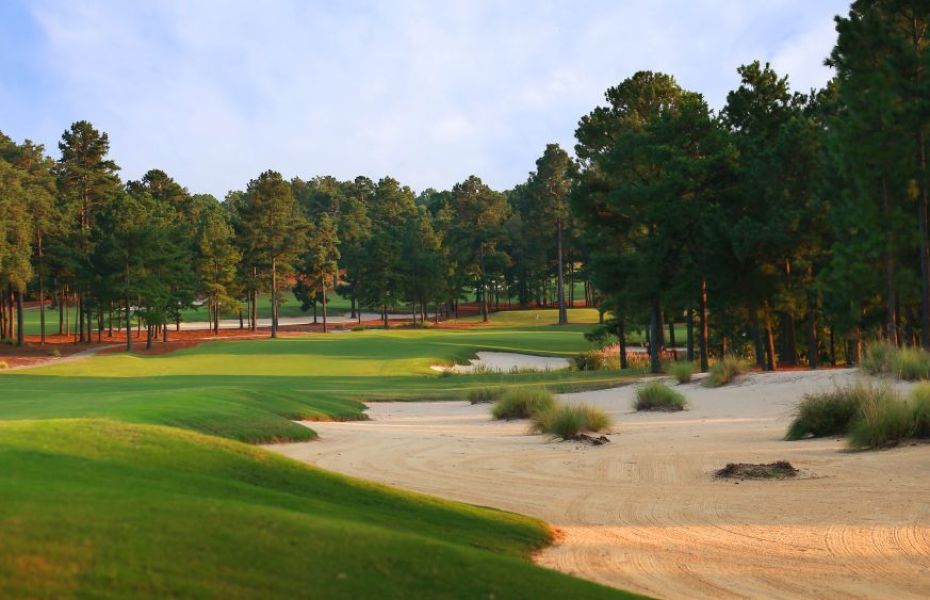
Legendary in his golf achievements and golf course designs alike, Jack Nicklaus constructed a masterpiece set amidst the long leaf pines of Southern Pines. This 18-hole championship layout features classic Jack Nicklaus architecture: wide fairways, lush course conditions and undulating putting surfaces that test your mind and your true golfing ability.
Pinehurst No. 9 is a magnificent 7,122-yard course and is as meticulously designed as it is compelling. An intriguingly well-balanced course which, according to Golf Digest, “has come to enhance even the lofty Sandhills image for world-class golf amenities.”
Each hole has been customized to create a great diversity in the way it can be played. Added to this uniqueness are tall pines, grassy swales, groomed waste areas and a natural variety of lakes and stream beds beautifully fashioned to give No. 9 its own distinctive look.

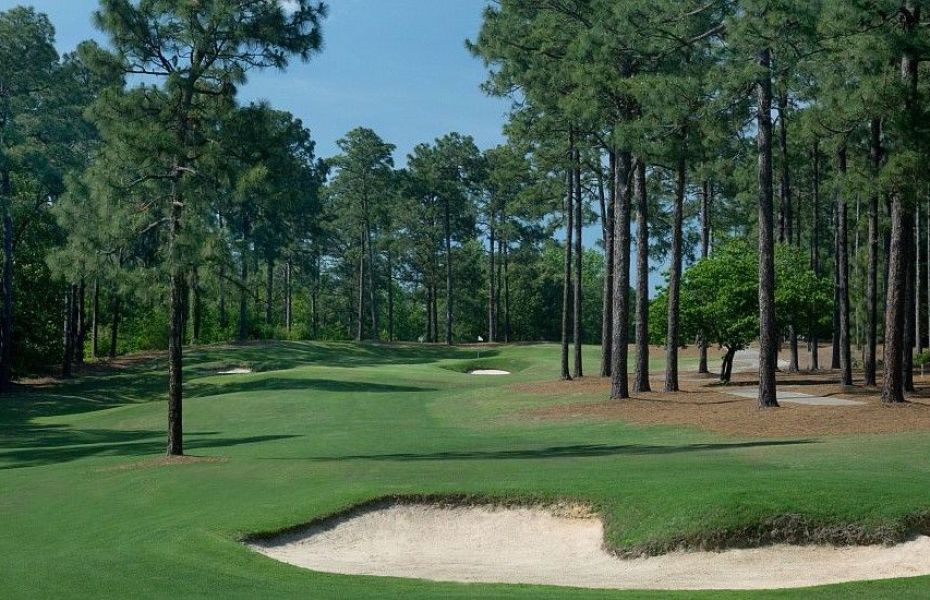
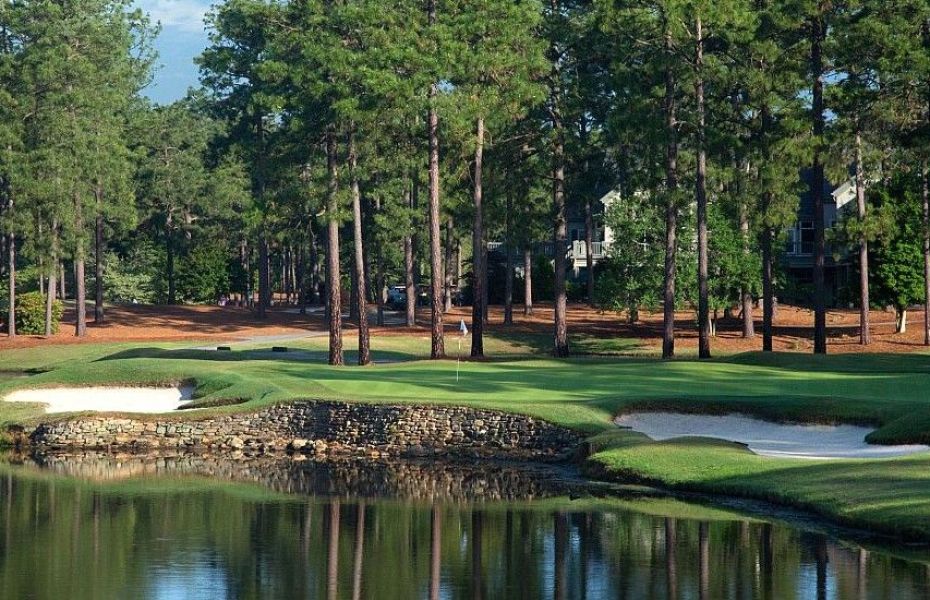
Accommodation
Promotional offers
Need a price?
Apply today and get a quote for your next trip.

